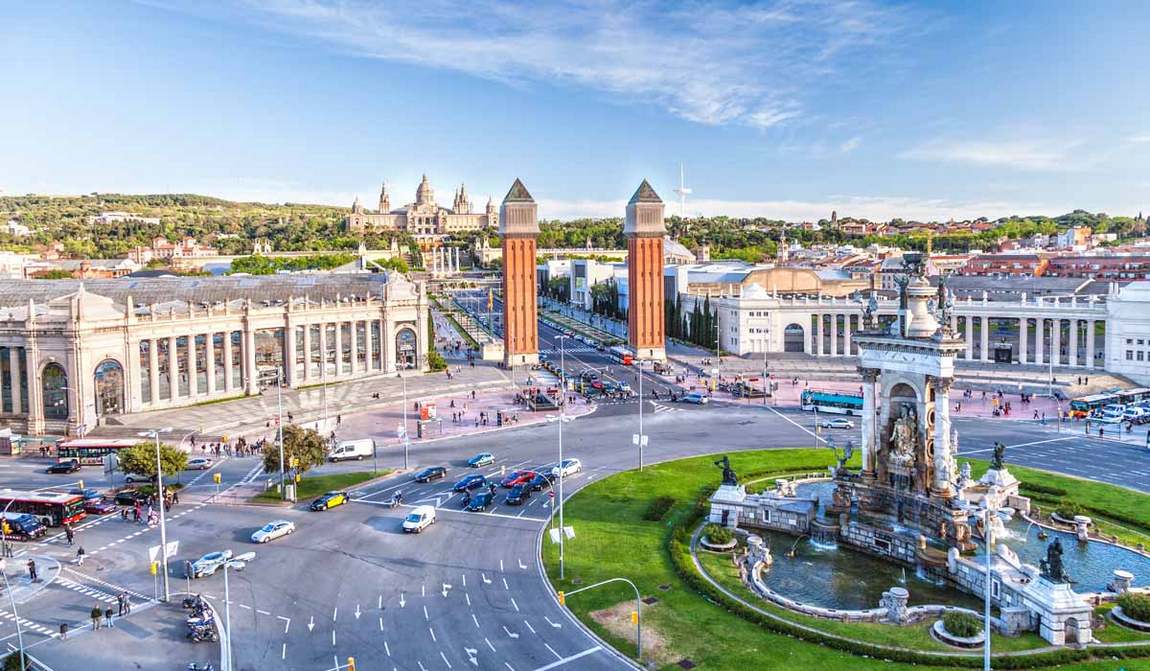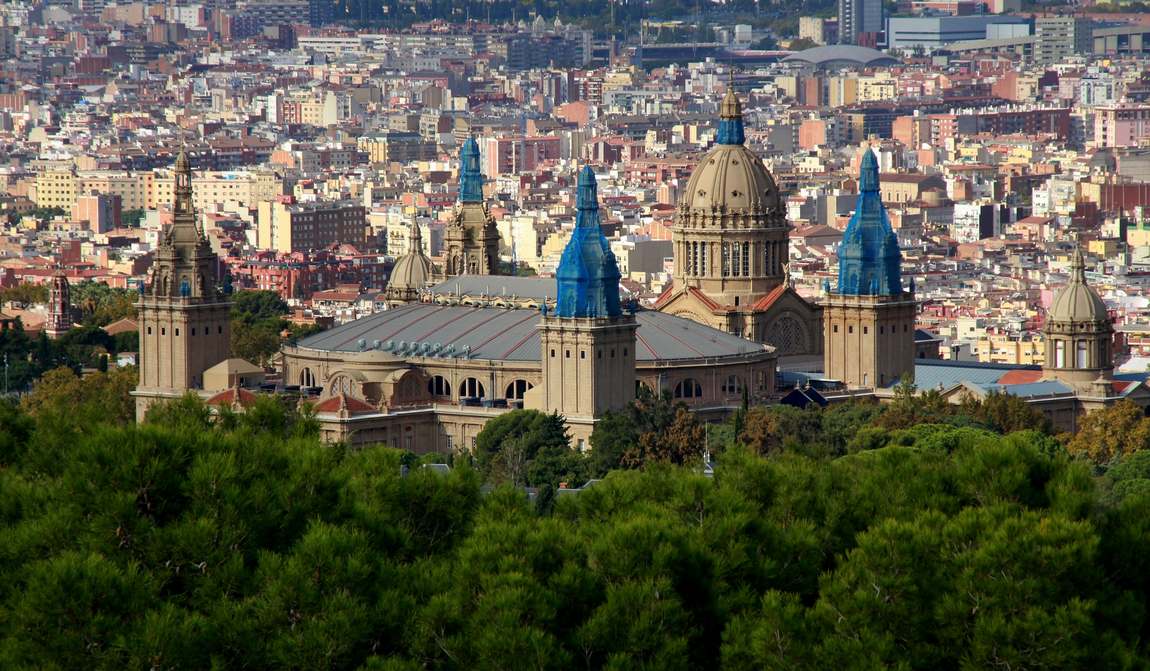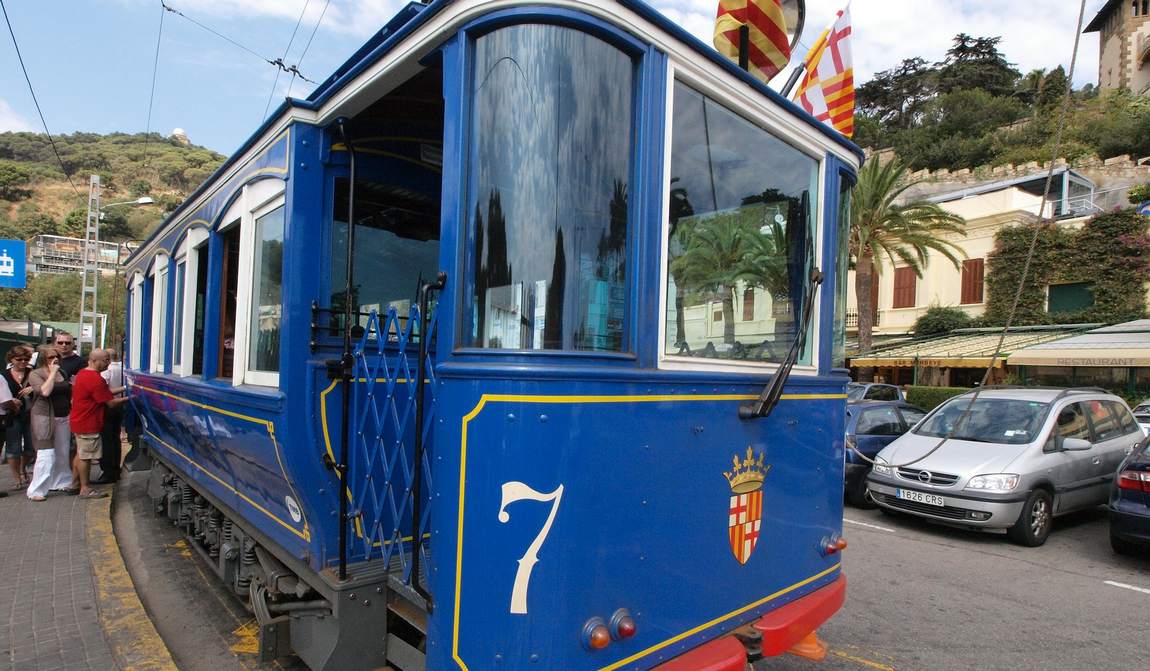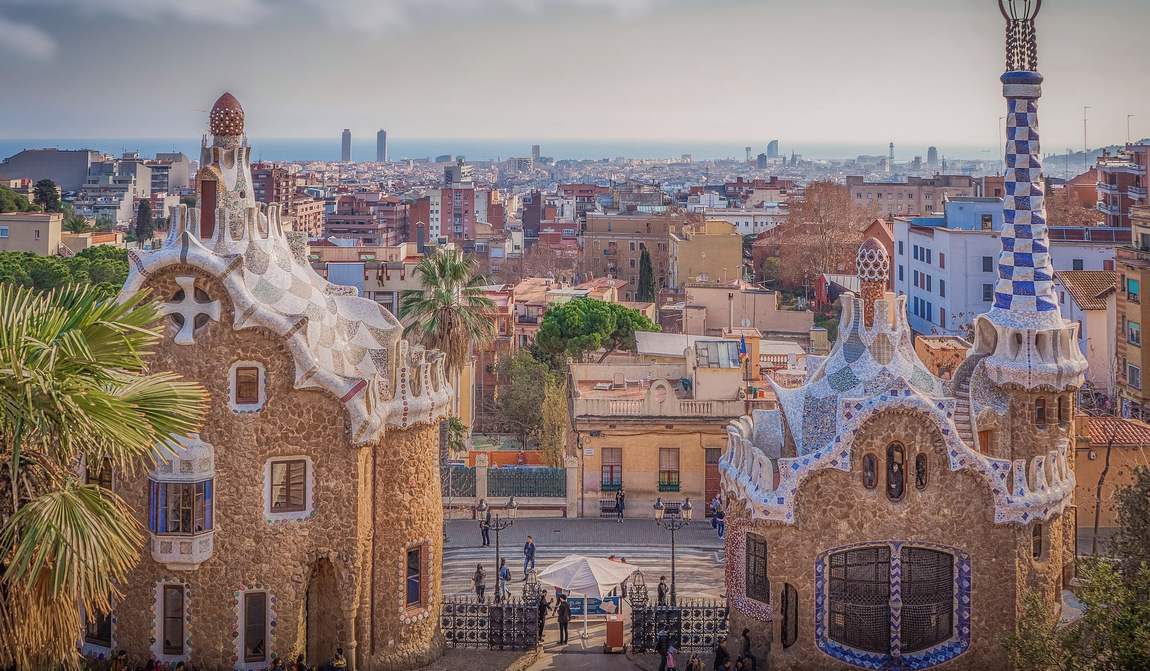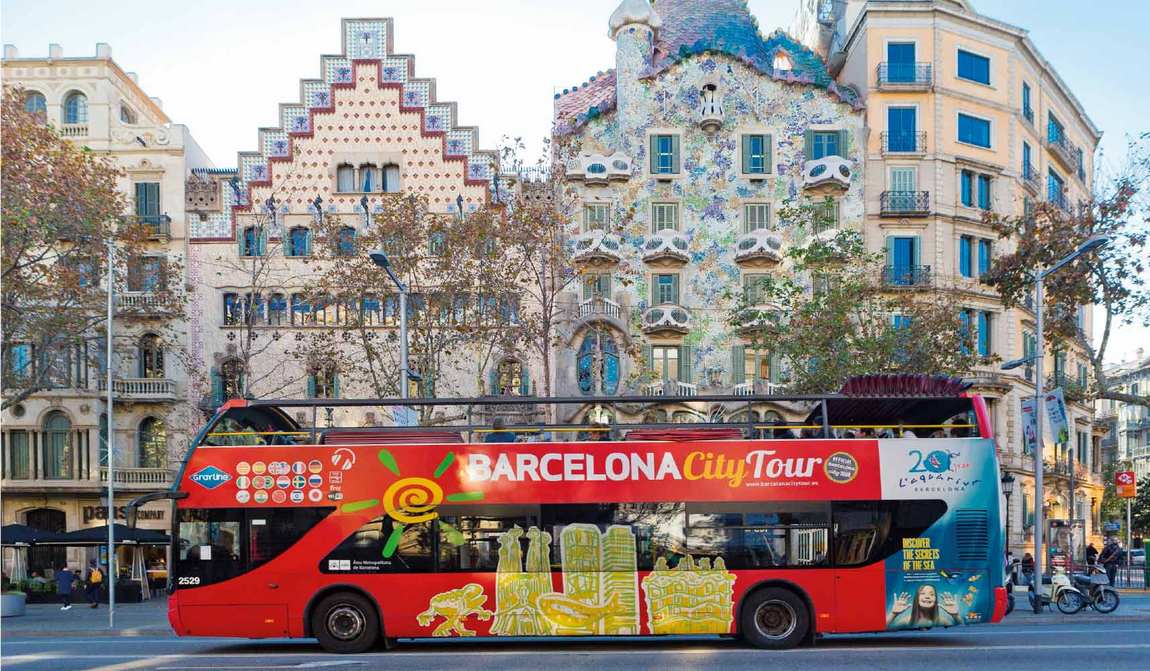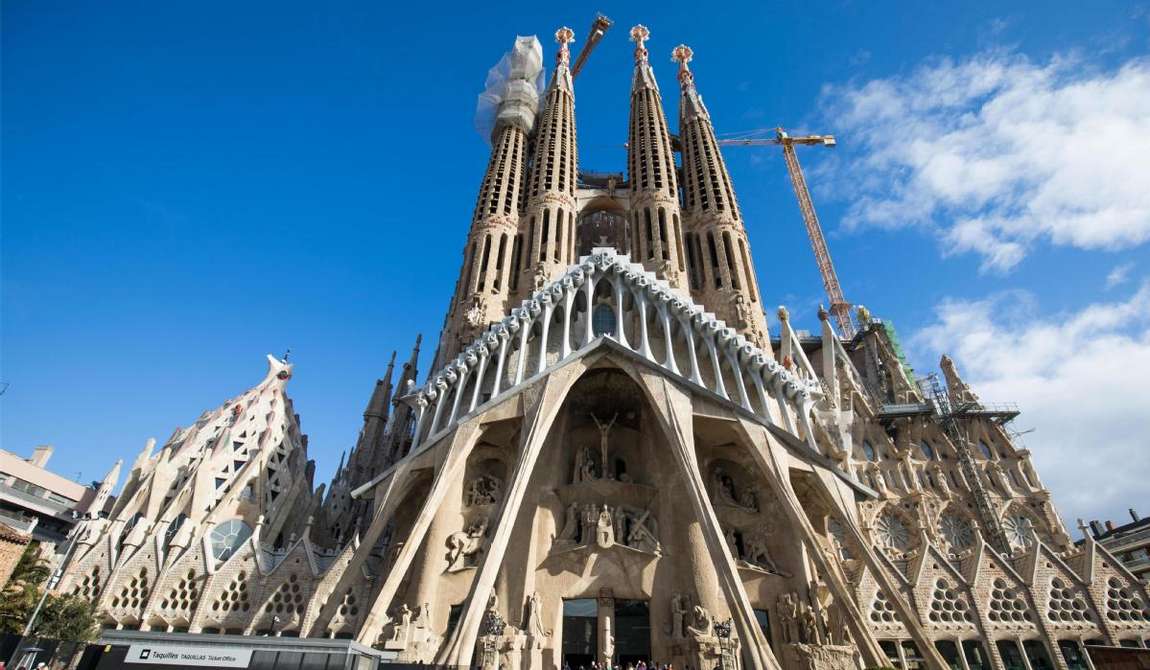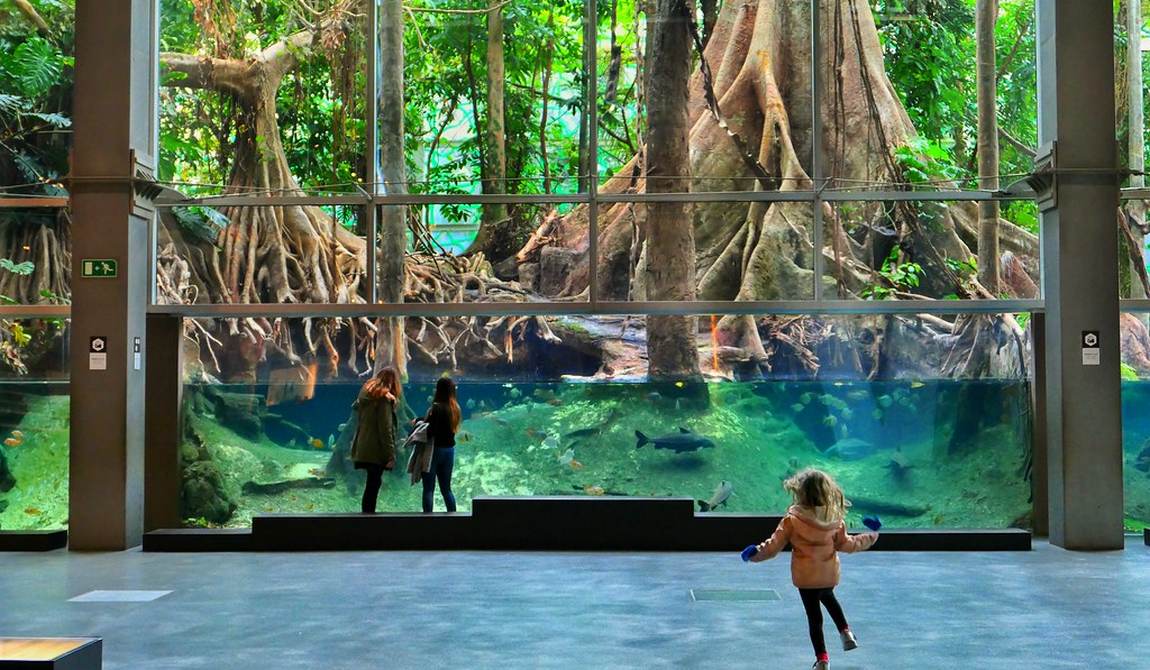The amazing fact is that Barcelona became a tourist destination just a few decades ago. But how many words of praise in different languages now sound in the address of this city! A city of strange architecture, enormous parks, noisy festivals and football battles, the creative workshop of Picasso and Gaudi — Barcelona delights in a moment.
And if you've come with children to bask in the warmth of Spain's coastline, the Catalonian capital can shake you up after a lazy day at the beach. Trust us, a vacation with kids in Barcelona promises to be exciting and fulfilling.
One more fact: Barcelona has about fifty monuments, museums, and parks that tourists are trying to visit. Which of these to show to a child? Kidpassage has gathered information about places that children themselves would like to see. Also, in our overview, you will find other helpful information about family holidays in Barcelona.
Barcelona on the map of Spain
Barcelona is the capital of the autonomous region of Catalonia. The city is located in eastern Spain on the Mediterranean coast, 120 km from the French border. The distance from Barcelona to Madrid is 625 km, to Girona 117 km, to Blanes 70 km, to Lloret de Mar 75 km, to Roses 158 km and to Tarragona 100 km.
Children can find out where Barcelona is without knowing much about history or geography. If you have a young football player growing up in your family, he'll learn all about the famous Barça in which some of today's best strikers have played, including Ronaldo, Messi and Neymar.
So, what should you tell a child who hasn't heard of Barcelona? Start with the legend that says Hercules created the city. Then there was the general Hamilcar Barca, who established a settlement at the foot of the Montjuïc hill and named it Barcino.
Then came centuries of wars, the passing of the city from hand to hand, conquest and loss of independence, rampant industrialisation and, finally, the building of a modern city based on designs by Gaudi, Domenech y Montaner and Cadafalch. There's no need to tell you about it: seeing Barcelona for yourself is better.
Barcelona for Kids

There's a drinking fountain on Barcelona's Ramblas where there's always a small queue. The queue is made up of tourists familiar with the belief that if you drink from the fountain, you'll return to Barcelona. And you will definitely want to come back!
Barcelona is a city of experience. Even phlegmatic people perk up when struck by its architecture's beauty, quirkiness, and unconventionality. They come around the main attractions — and then come around again: once is not enough time to be amazed.
But it's no way to call Barcelona "laid-back". The city is buzzing, joking and merry, and throws everyone into the merry whirl. A city break here is remembered as a continuous carnival, even on a typical weekday not to mention the excitement of the big festivals, when the rhythm of the festivities goes wild.
A trip to Barcelona with children has some particular advantages. First and foremost is the abundance of activities for children. The colourful Park Guell, the water park, the attractions at Mount Tibidabo, and the interactive museums would take at least a week to visit all the children's interests in the city.
The second advantage is that you can alternate between active and passive holidays. Once your child starts to get bored with sightseeing, spend the day in a quiet park or beach.
A third benefit of Barcelona for children is the convenience of the urban environment. Here are just a few examples:
- lifts for prams in the metro;
- low platforms on buses;
- children's playgrounds in all areas of the city;
- restaurants with a children's menu and entertainment area;
- a wide selection of baby food in the shops (yes, you can come to Barcelona with an infant).
Another significant advantage is the excellent transport links to the seaside resorts. If you are planning a holiday with your child on the Costa Brava or Costa Dorada, you can quickly get a day or two in the capital of Catalonia.
What we recommend you do before travelling to Barcelona:
- choose the best time to go on holiday with your child (see "Best time to travel" and "Weather and Climate" for tips);
- plan an excursion programme (check out the "Attractions" section);
- think about entertainment for children (use the collection of ideas in the "What to do" section);
- find accommodation in advance to choose the best option without overpaying (in the "Where to stay" section).
Best time to travel

Most tourists come to Barcelona between May and September, the high season. But that's not to say that the most exciting things happen in the city at that time.
The opposite is true: Barcelona is bustling all year round, which draws travellers to the city. Choose when to go to Barcelona according to how you plan your vacation. For a holiday with a child in Barcelona, the summer months are often chosen to complement a trip to the Costa Brava and Costa Dorada resorts.
It's the best option for those who want to spend more time on the beach and a day or two of sightseeing. Choose June for excursions with a child, as the heat in the second half of summer will prevent you from wandering around the city.
The Catalonian capital is flooded with tourists in summer: book your plane tickets and hotel room or apartment in advance.
Late spring and early autumn is a good time for sightseeing. Although May and September are part of Barcelona's high season, these months are not as crowded as summer.
This is also the best time to take the kids to all the amusement parks in Barcelona. The festivities continue all week, with a fire show, a parade of giants, and castellers' tournaments. The best way to experience street partying is not as a tourist but as a local.
Travelling to Barcelona with an infant is rare, as the city is far too bustling for younger travellers. But if your baby sleeps soundly in a pram or sling while you browse museums, plan a family trip for the warmer months of May. Barcelona experiences another surge of tourist interest in December and January, i.e. during the Christmas and New Year holidays.
The good news about this time: in December, the fairs sell smelling roasted chestnuts and honeyed turrons, and the duty of handing out presents to children is placed on a log with eyes and legs "Kaga tio". A little more good news: winter sales start in January. And here's some not-so-nice information: flight prices peak in December and January.
Meanwhile, in the low season, that is, November, February and March, it's also possible to vacation in Barcelona. The winter weather isn't ideal for long walks, but it's a great time to visit the museums.
But during Barcelona's San Medir sweets festival in March, you're well advised to venture outside for the caramel rainfall. A tour of Barcelona can also be combined with a holiday in the ski resorts of the Catalan and Aragonese Pyrenees.
Weather and Climate

Barcelona's climate is typically Mediterranean, with mild winters and warm summers. For tourists, this means being able to vacation at any time of year and choosing the right time to travel, depending on the purpose of the trip.
Barcelona's high tourist season starts in May when temperatures reach 20ºC. The beaches are still accessible in late spring, but it's too early to swim as the water temperature is only +18°C. May's cooler temperatures are ideal for sightseeing, though. And don't be alarmed by the rain in the weather forecast, short-term precipitation does not interfere with walks.
With the onset of summer, Barcelona's temperature rises very quickly, reaching between +24-25ºC in June and +28-30ºC in July and August. There are periods of extreme heat when every tourist begins to appreciate the siesta tradition.
The water temperature in June is only +21°C, but in July, it's already +24°C, and in August, +26°C. The summer rains are a real treat after long spells of heat. There are usually no more than 20 rainy days during the summer.
The best holiday in Barcelona with children is undoubtedly in September. The air temperature drops to 26°C, and the sea temperature is the same as in July: you can alternate between relaxing on the beach and sightseeing in the city. Sometimes, however, September is cool and rainy.
Despite the hot days, Barcelona's nights are cold. Nighttime temperatures drop to +11°C in May, +15°C in June, +18-19°C in July and August and +17°C in September. Barcelona is still warm in October. The air is warm up to +22°C, and if it weren't for the rains, which more and more often interfere with travellers' plans, you could rest here until late autumn.
From November to April, Catalonia's capital experiences the cold season, which can hardly be called winter. Temperatures don't drop below 13-14ºC during this time, although frosts can still occur at night.
Snowfall in Barcelona is rare, and more often, it rains, but clear, sunny days do occur. Pack a windproof jacket to keep out the damp wind if you plan a Christmas holiday in Barcelona.
Food

Hotels in Barcelona, like those in Spain in general, do not offer full-board or all-inclusive accommodation. Visitors are expected to enjoy experiencing the local cuisine — and they do.
Plenty of restaurants serve Catalan cuisine in Barcelona, some of which are child-friendly. At Can Campmany, for example, young guests are offered a special menu, high chairs and space to play.
At Can Besa, the children can play in the playground while preparing food to work up an appetite. Els Pollos de Llull restaurant appeals with its children's menu and lounge area. At Doble Zeroo, children will be entertained by animators.
You wouldn't want to tempt your child to lunch after a couple of crispy churros or a slice of hot chocolate cake. The Catalan desserts deserve a special mention. Even the name of the pastry shop, Pastisseria, sounds sweet.
But if you're in the mood for sweets after a meal, try the Caelum in the Gothic Quarter: desserts are made in different monasteries around the country. Many restaurants have a very child-friendly atmosphere and are suitable for children.
Markets, shops and supermarkets
Barcelona is a big city, and buying the food you need is easy. The city prefers to shop in the markets, including the famous Boquería. Prices in markets and supermarkets are about the same.
Please note that markets, small shops and some supermarkets are closed on Sundays.
You can buy baby food in supermarkets and pharmacies. The range is wide, so you should only bring food if your baby needs a rarely available brand.
Getting Around

As in any major city, tourists cannot do without travelling by public transport. Barcelona has metro and city trains, buses, trams and funiculars.
Check out the public transport website to avoid confusion about connections and timetables. A single-ride ticket costs just over €2 (with no discount for children over four years old).
You can buy a single ticket for all means of transportation in Barcelona for a certain number of trips (for example, the T-10 pass is for ten trips in 1 zone and costs about 12 euros).
The city is divided into six zones, but tourists usually do not have to travel beyond Zone 1.
The Hola BCN travel card also helps you save money on fares. It is valid for all modes of transport and between 48 and 120 hours. The cost of this card, depending on the length of validity, is approximately 15-35 euros. Public transport in Barcelona is free for children up to 4 years old. The metro has lifts to take prams up and down.
If you have a complete sightseeing programme, buying a Barcelona Card is a good idea. It gives you free travel on all public transport and discounts at many museums, restaurants and the official gift shop of Barcelona. For adults, the Barcelona Card will cost between €47 and €67, and for children between 4 and 12 years old, the card will cost around €27-40. The card is available from 3 to 5 days.
There is no urgent need to use taxis to get around Barcelona, as the public transport system covers the entire city. However, you can hail a taxi or get into a car at special stops if necessary. The fare includes the initial charge (about €3-4) and a charge per kilometre (€2).
Renting a car to get around the city is also not advisable. There are several reasons for that: dense traffic, lack of free parking and sometimes lack of paid parking near the main tourist sites. It makes sense to rent a car if you intend to travel around Catalonia or go to a seaside resort after a short tour of Barcelona.
 [email protected]
[email protected]


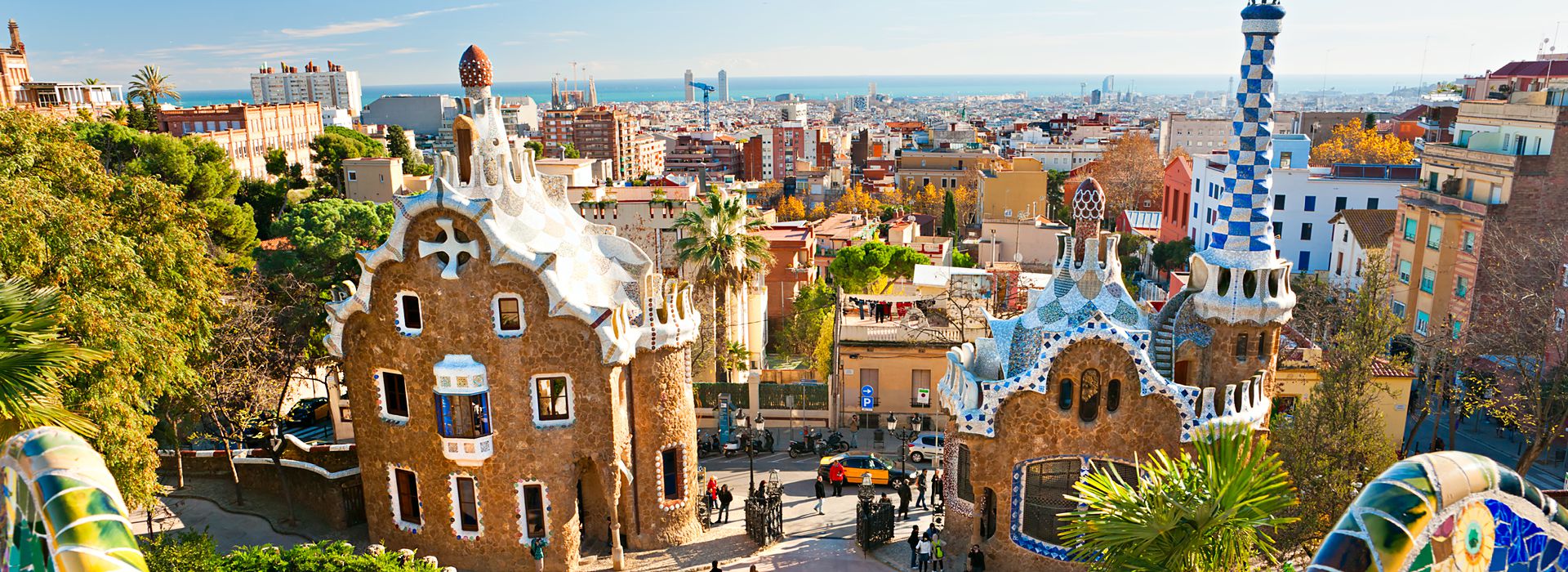



.jpg)
